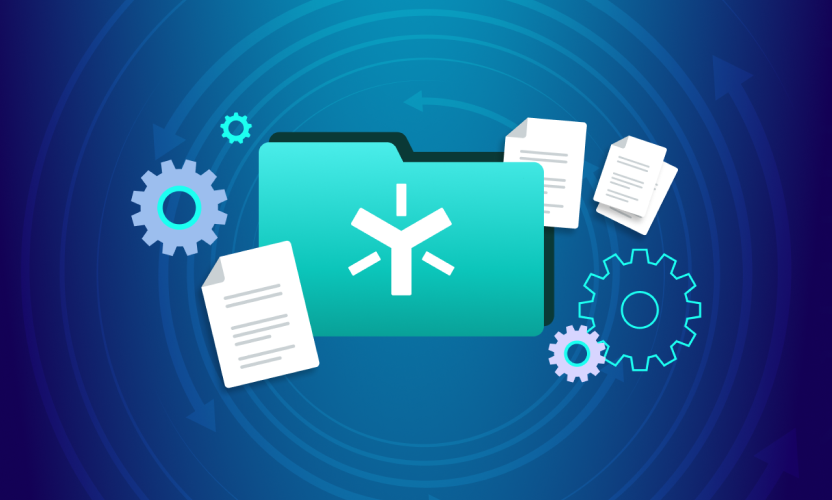Convergence: An opportunity for cloud computing
Reflections from our VP of Products, Rajesh Ram
We have had an intense year at Egnyte. In 2010 we launched some exciting new products and experienced stellar growth as we moved into the mid-market of the SMB segment.
As we reach the end of the year and look into 2011, I have been reflecting on the inherent value and appeal of cloud computing to our customers. Today, much of the talk in the press focuses on the cost savings that cloud computing brings to organizations. These benefits stem from replacing traditional Capex with Opex in the cloud. Being built around newer and leaner architectures, cloud solutions afford an easier IT management experience. However, not enough attention is being paid to discussing how the cloud can foster a new breed of applications or infrastructure that converges the landscape of traditional applications IT has to deal with.
I will use Egnyte as an example, being intimately familiar with it myself. Initially Egnyte came to the market as a cloud based replacement for a file server. Our solution replaced servers, VPN and tape based backup. We provided all the comparable capabilities such as file storage, permissions, and drive mapping. We then added more controls and capabilities, such as partner access and large file handling, with little sacrifice to simplicity. Soon, companies could use Egnyte to share files with customers instead of relying on an FTP server. Further, we saw that our customers wanted us to go beyond the traditional file server and provide support for file collaboration as well. We responded by adding file locking, version, and file change notification features.
We all love our mobile phones and use them constantly. Back in the day, accessing your email remotely required installing the Blackberry server side by side with your exchange server to deliver emails to your RIM device. I don't believe any comparable solution even existed for mobile file access back then. However, Egnyte has enabled mobile access to files on popular smart phone models, including the release of our Android app last week.
Finally, considering the "complex" world of cross-office collaboration, we enter the realm of DFS - multiple file servers, managing name spaces, and replication. Our hybrid cloud solution attacks this by letting each office work on their own files locally on any device while consolidating the entire company's files in the cloud.
If I don't stop soon, I will be late for my Thanksgiving preparations, so let's inventory what the typical company did (or should I say the vast majority still do) to manage their files.
-File Server + VPN + Tape Based backup for file serving
-FTP for sharing files with customers
-Sharepoint or Eroom for document collaboration
-DFS for cross office collaboration
Costs aside, the sheer complexity of so many solutions to manage files in a company is staggering. Imagine the fragmentation of data, users, down-times, patches, and upgrades. Egnyte offers an integrated solution that brings together the capabilities of all the above to the typical SMB.
In all fairness though, each of these solutions offered very deep functionality. Egnyte does not go as deep in document collaboration as Sharepoint does, and I am sure DFS offers many bells and whistles that we don't. The question is, do companies care?
The first wave of IT spawned deep, purpose built point solutions that had to be integrated. This ultimately turned users away and drove up IT costs. Cloud architectures have the promise to drive down cost and ease management, But they also have the promise to deliver the new breed of blended and easy to use solutions that shift the way companies use and administer IT.
Convergence anyone?





